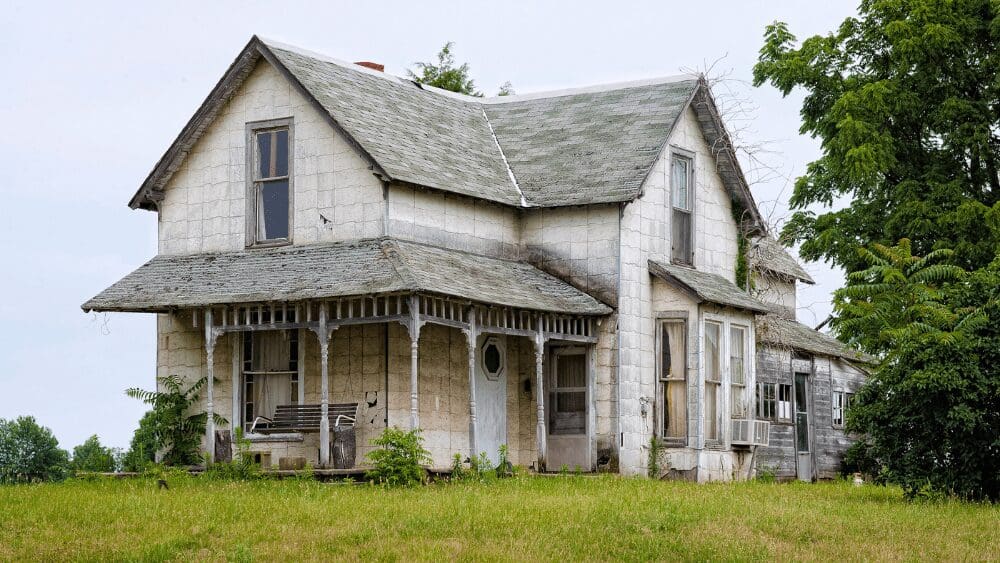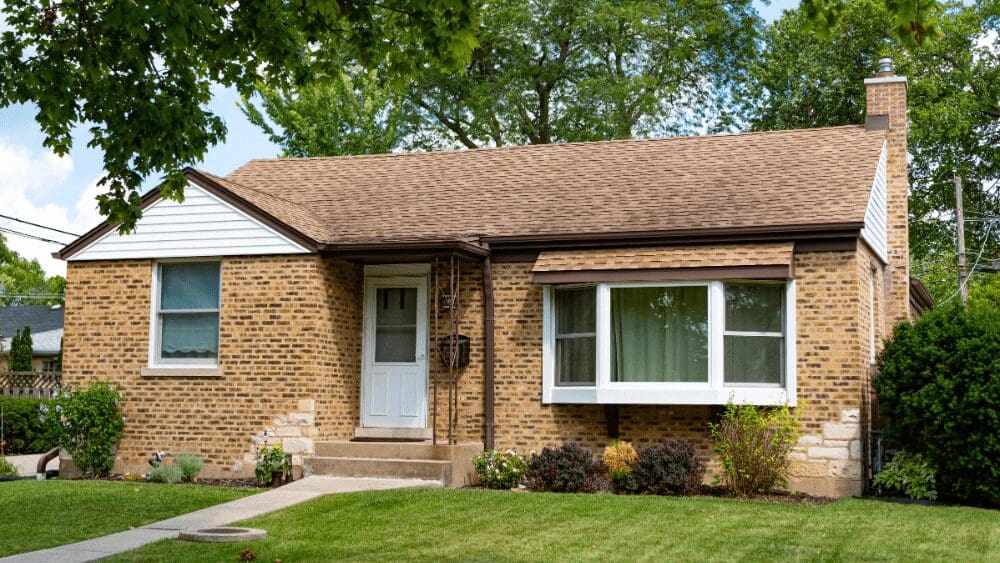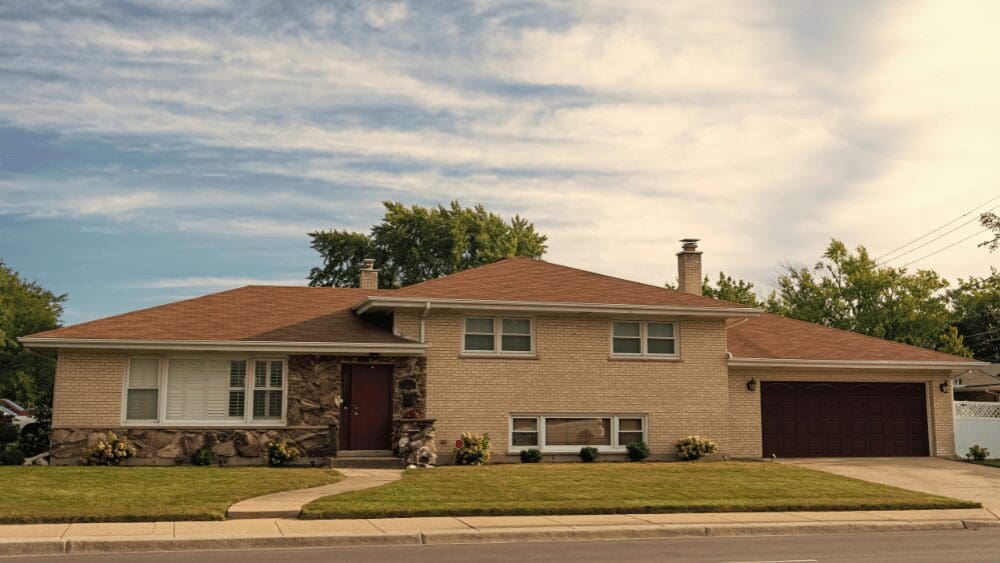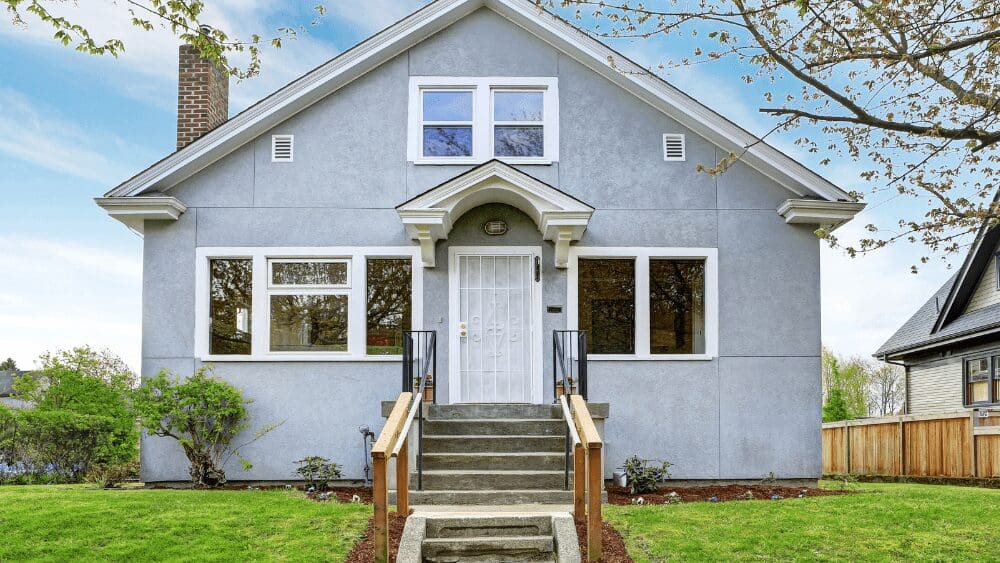
When a building is condemned, especially when it’s your home, it can be alarming and confusing. What does it mean when a property is deemed unfit for habitation or use? Whether it’s due to safety concerns, health hazards, or other issues, understanding the implications for you and your home is crucial. In this guide, we’ll explore what a condemned house is, who has the authority to condemn your property, and the various types of condemnation. We’ll also share the top reasons properties are condemned, how the condemnation process unfolds, and answer frequently asked questions you might have if you’re facing this situation. A condemned house is a property that local government authorities have deemed unsafe or unfit for living. This judgment can result from various issues, including severe structural damage, health hazards like mold or infestations, or failure to comply with building codes. Once a house is condemned, it must not be inhabited until the owners rectify the cited problems and the property passes a subsequent inspection. Condemnation is a serious indication that a house poses significant risks to its occupants or the public. The authority to condemn a property typically lies with local government agencies, such as the building or health department. These agencies enforce housing, building, and safety codes designed to protect the public. If your property violates these codes to a degree that it’s considered dangerous, these agencies can issue a condemnation notice. In some cases, state or federal agencies may also have the power to condemn properties if they pose broader risks to public health or safety. Condemnation can occur for several reasons, each reflecting the nature of the threat a property poses. Properties may be condemned if they are dilapidated, posing safety risks due to structural weaknesses or failures. Dangerous buildings, due to hazards like exposed wiring or toxic substances, also fall under this category. Occasionally, a property might be condemned for being “out of character” with community standards, although this is less common and typically involves significant health or safety concerns. Eminent domain refers to the power of the government to take private property for public use, with compensation provided to the owner. While not a form of condemnation due to property condition, it is a legal means by which a property can be compelled to change hands. This process is often invoked for projects that benefit the public, such as highways, schools, or utilities. The condemning authority is the government body with the legal right to condemn a property. This authority can vary by jurisdiction but often includes city or county building and safety departments, health departments, or other regulatory agencies. These bodies are responsible for inspecting properties, issuing condemnation notices, and overseeing the process to ensure properties are brought up to code or appropriately dealt with if they pose a risk to public safety or health.What is a condemned house?
Who can condemn my property?
Are there different types of condemnation?
Dilapidated, dangerous, or out of character
What is eminent domain?
What is the condemning authority?



